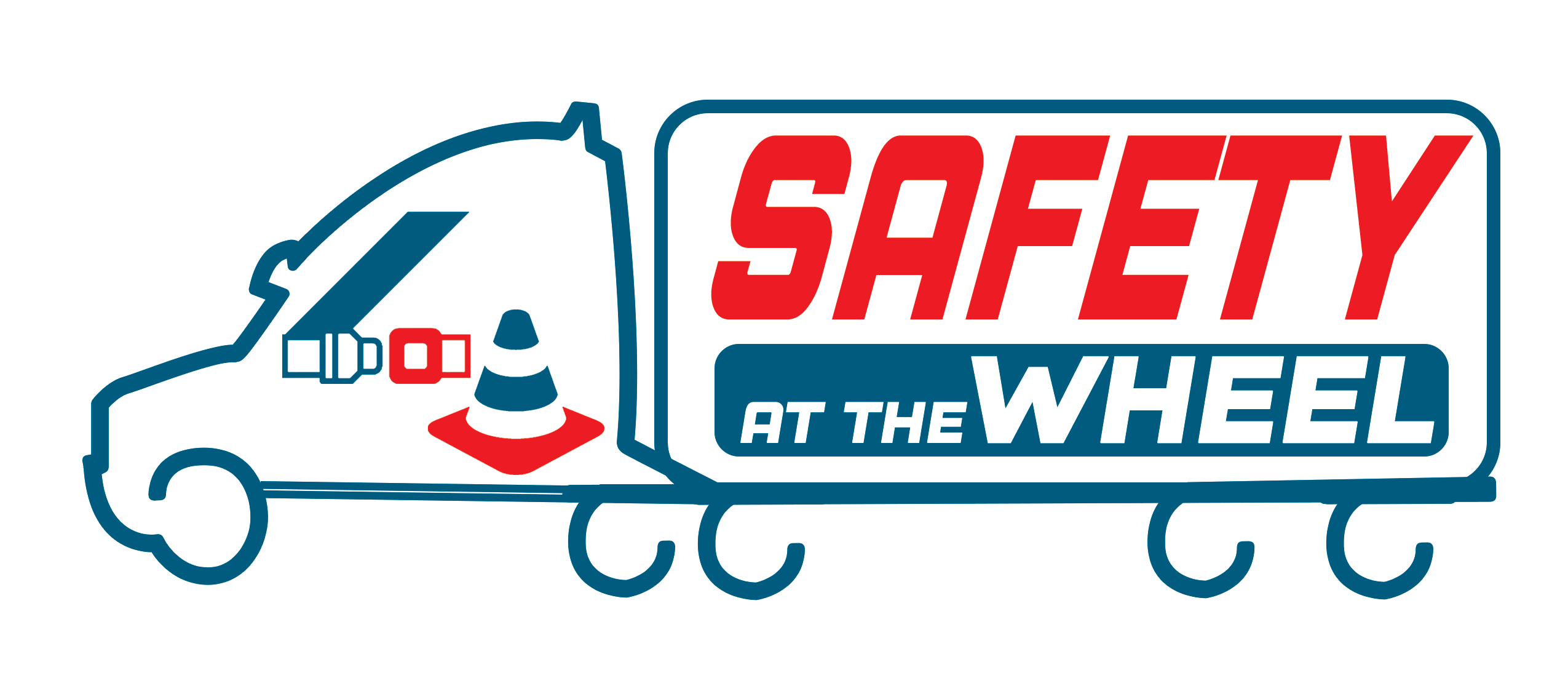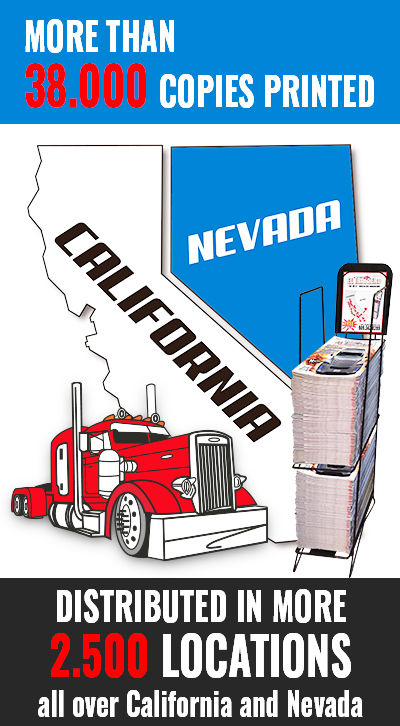🎅 ¡Merry Christmas! 🎁
We wish you a Christmas filled with joy and hope..
We wish you a Christmas filled with joy and hope..


Road safety is everyone’s responsibility - passenger vehicle drivers, truck drivers, bus drivers, bicyclists and pedestrians. That’s why the Federal Motor Carrier Safety Administration (FMCSA) developed Our Roads, Our Safety, a national safety campaign shaped to raise awareness about sharing the road safely with large trucks and buses.
12 million large trucks and buses (also known as commercial motor vehicles or CMVs) are registered to operate on America`s roadways and play a critical role in helping move our nation`s economy and transporting our loved ones.
Many people with little or no knowledge think all vehicles operate like cars and they put themselves and others in danger and cause accidents. Trucks and buses are much more difficult to maneuver, have massive blind spots, and take far longer to stop. Awareness of these differences, and some simple adjustments, can help everyone using the roads and keep us all as safe as possible.
The Our Roads, Our Safety campaign supports FMCSA’s mission of reducing crashes, injuries and fatalities involving large trucks and buses. As part of this effort, FMCSA partners with other organizations to educate all drivers, cyclists and pedestrians on the importance of sharing the road focusing in the following:
Large Blind Spots
• A commercial motor vehicle has large blind spots around all four sides.
• Take extra care in passing and being passed by large trucks and buses.
• Stay out of blind spots when a truck or bus is turning, backing up or changing lanes.
• Large vehicles need farther follow distance to see vehicles behind them. If you can’t see the driver in his or her side mirror, the driver can’t see you.
Long Stopping Distances
• The stopping time and distance for a truck or bus is much greater than that of smaller vehicles.
• Stopping distance increases with a heavy load or in road conditions such as snow, ice or rain.
• A fully loaded truck traveling in good road conditions at highway speeds needs a distance of nearly two football fields to stop.
• Never suddenly cut in front of a truck as it reduces the truck`s allowable safe stopping distance.
Wide Turns
• Trucks and buses can`t make sharp turns or maneuver as easily as cars.
• Be extra careful where trucks or buses are dealing with tight spaces such as in work zones, truck stops, parking lots and service stations.
• Pay close attention when trucks are turning right so you don’t get caught in the “right turn squeeze.” A large truck cannot easily turn right from the right lane and may initially move left to create enough turning space.
Since June, the FMCSA has required medical examiners to electronically submit commercial drivers’ physical exam re...
read more...In August, the U.S. trucking industry faced an unexpected setback: Secretary of State Marco Rubio announced the temporar...
read more...For truckers and small transportation business owners, choosing the right legal structure is not just paperwork—it...
read more...After the intensive Brake Safety Week in August, California’s compliance and highway safety calendar for the truck...
read more...

